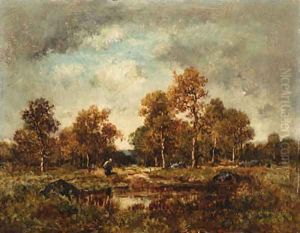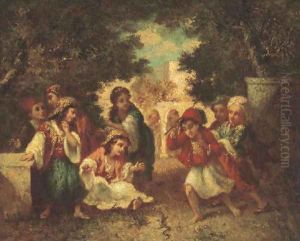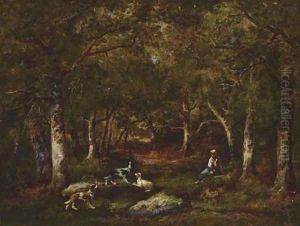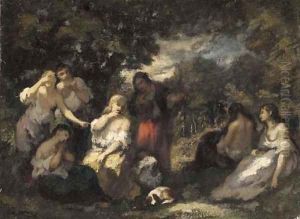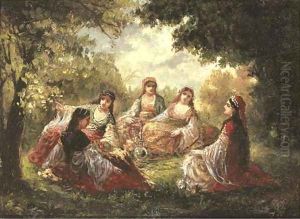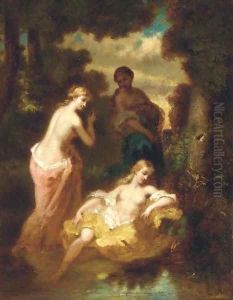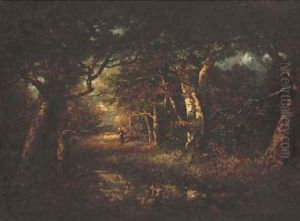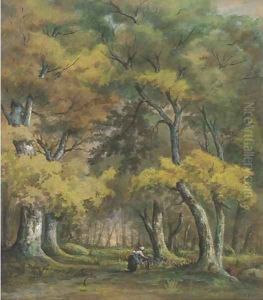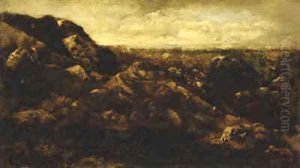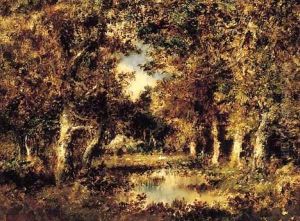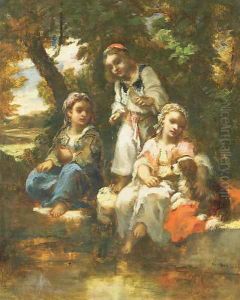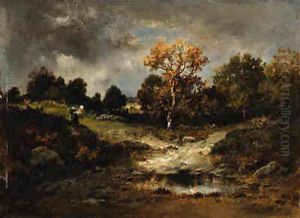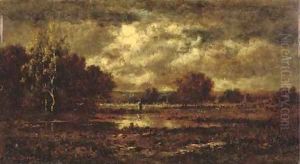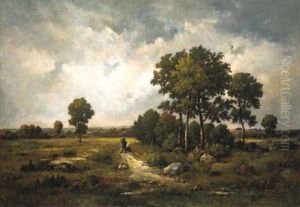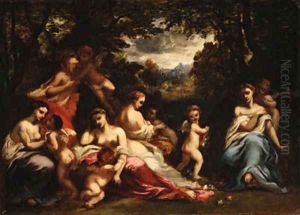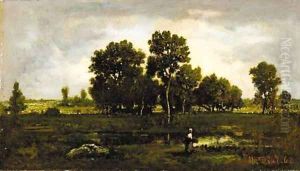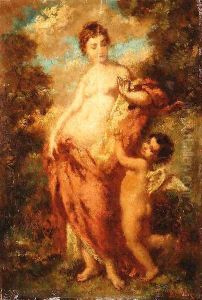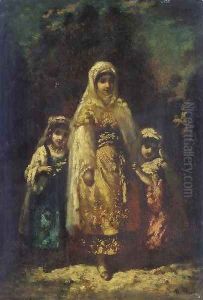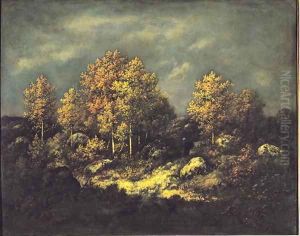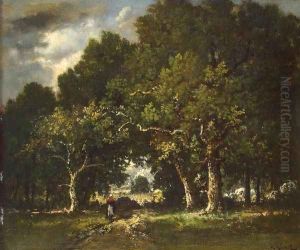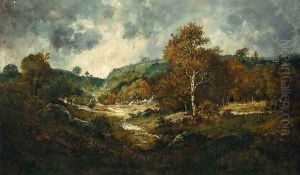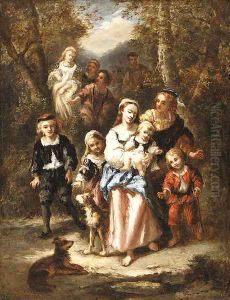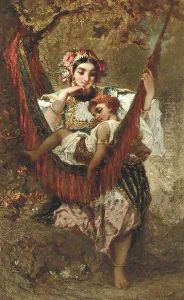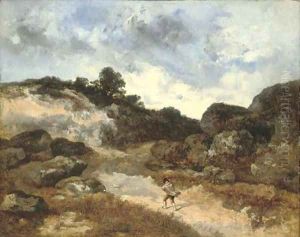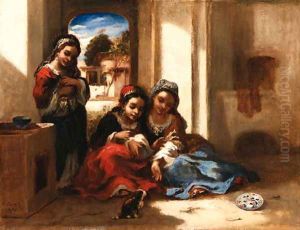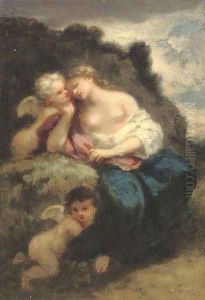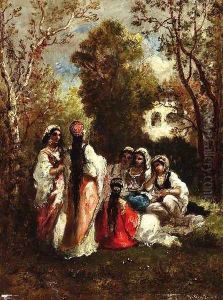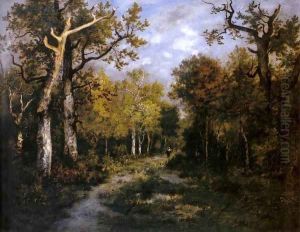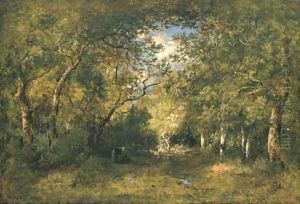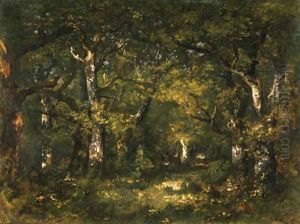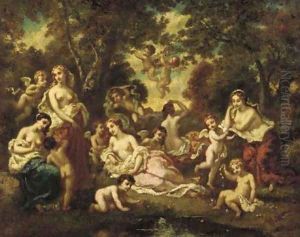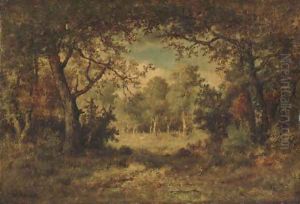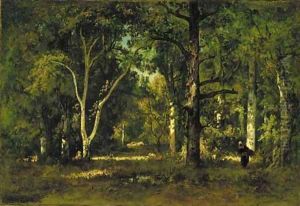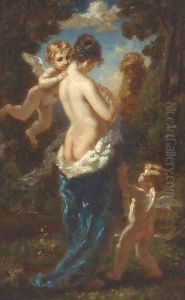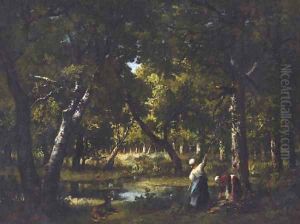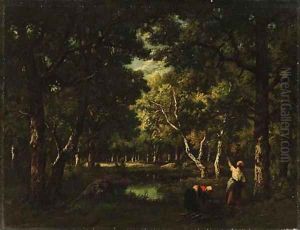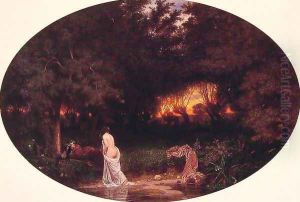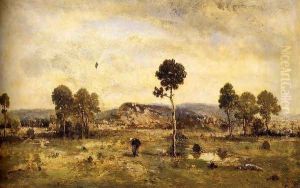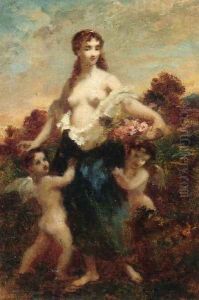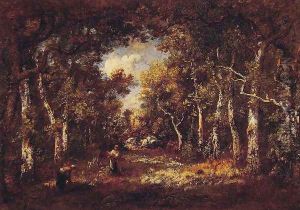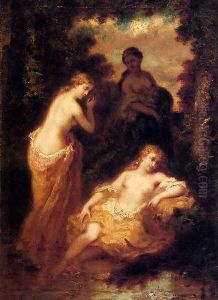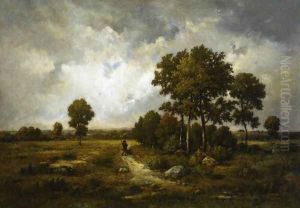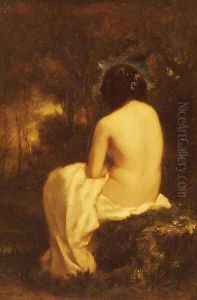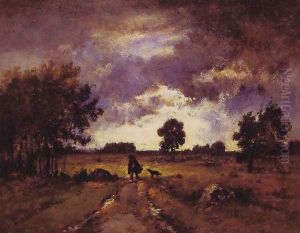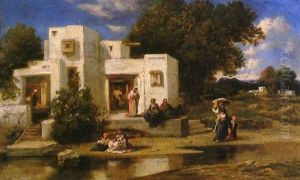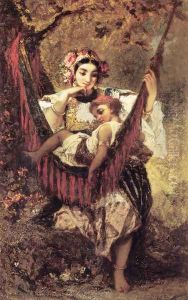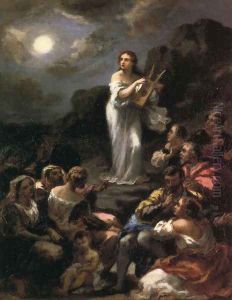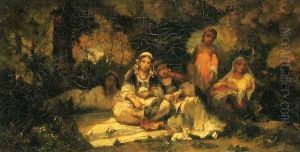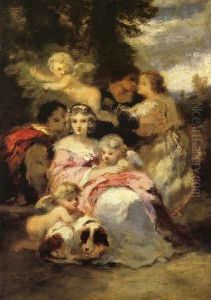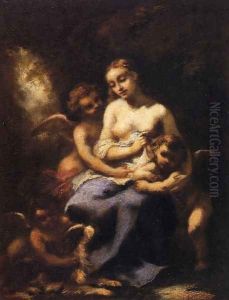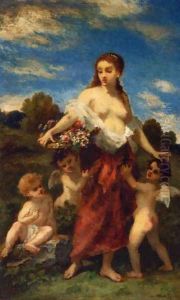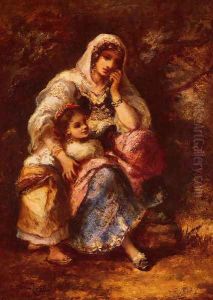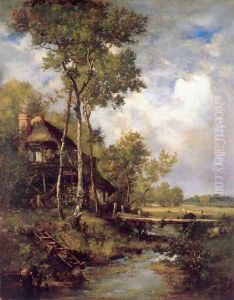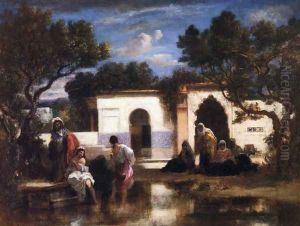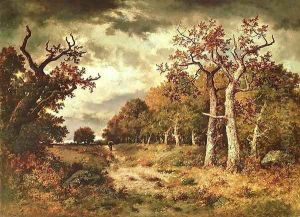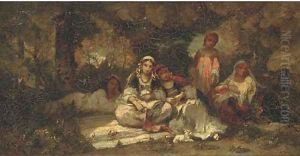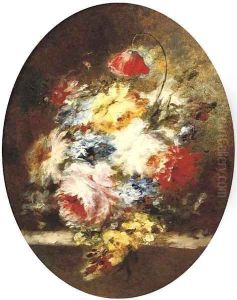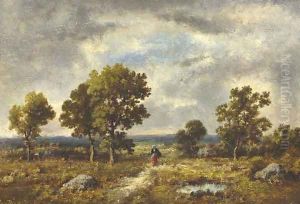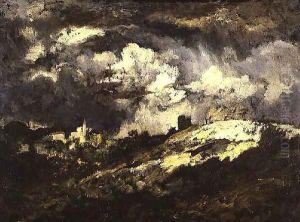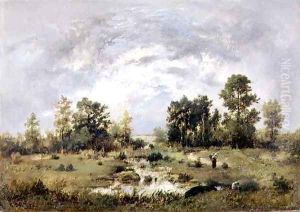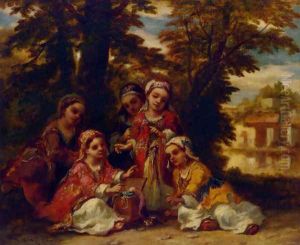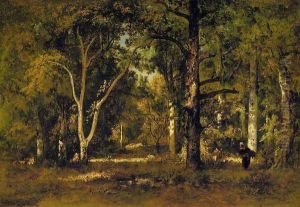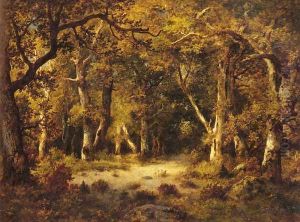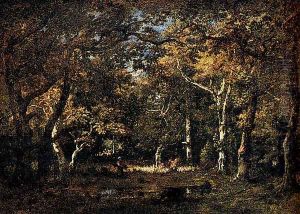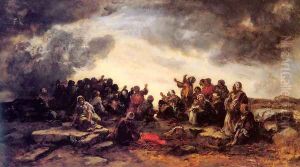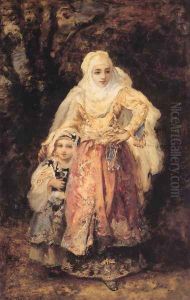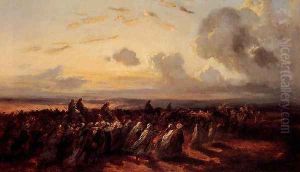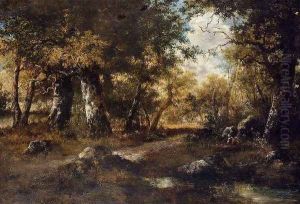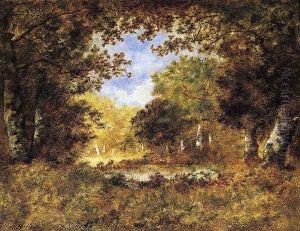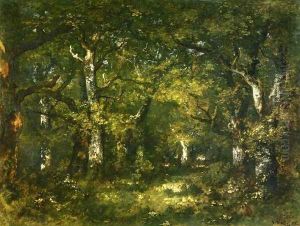Narcisse-Virgile Diaz de la Pena Paintings
Narcisse-Virgile Diaz de la Pena was a French painter of the Barbizon school. Diaz was born in Bordeaux, France on August 20, 1807. He was of Spanish descent; his parents had fled Spain during the Peninsular War. Tragically, Diaz's early life was marked by hardship; he lost his parents at a young age and suffered a severe foot injury that resulted in the amputation of a leg.
Despite these challenges, Diaz showed a keen interest in the arts. He began his career as a porcelain painter, which was a respected craft at the time. However, his aspirations lay in fine arts, and he eventually transitioned to painting on canvas. Diaz was largely self-taught, although he did receive some guidance from influential artists of the time, such as François Souchon.
Diaz's work was initially characterized by his use of vivid colors and the influence of 17th-century Dutch and Flemish painters. He was particularly noted for his forest scenes and landscapes, which he imbued with a sense of romanticism and mystery. His work often included mythological and orientalist subjects as well. Diaz's painting style evolved throughout his career, with his later works displaying a more impressionistic touch, prefiguring the movement that would take France by storm in the later part of the 19th century.
The artist became associated with the Barbizon school, a group of painters who focused on realist and naturalist landscapes and who often worked en plein air (outdoors). They were named after the village of Barbizon near the Forest of Fontainebleau, where many of the artists gathered. Diaz's contributions to the Barbizon school have been seen as vital in the transition from traditional landscape painting to the impressionist approach that emphasized the depiction of light and color.
Diaz exhibited his work at the Paris Salon, where he gained recognition and success. His paintings were well received, and he was awarded medals in several Salon exhibitions. In addition to painting, Diaz was also a mentor to younger artists, including Jules Dupré and Théodore Rousseau, who were also prominent figures in the Barbizon school.
Narcisse-Virgile Diaz de la Pena died on November 18, 1876, in Menton, France. His legacy is preserved in the many paintings he left behind, which are held in collections worldwide, including the Louvre in Paris and the Metropolitan Museum of Art in New York. Diaz's art continues to be celebrated for its contribution to the development of landscape painting and its influence on the impressionist movement.
